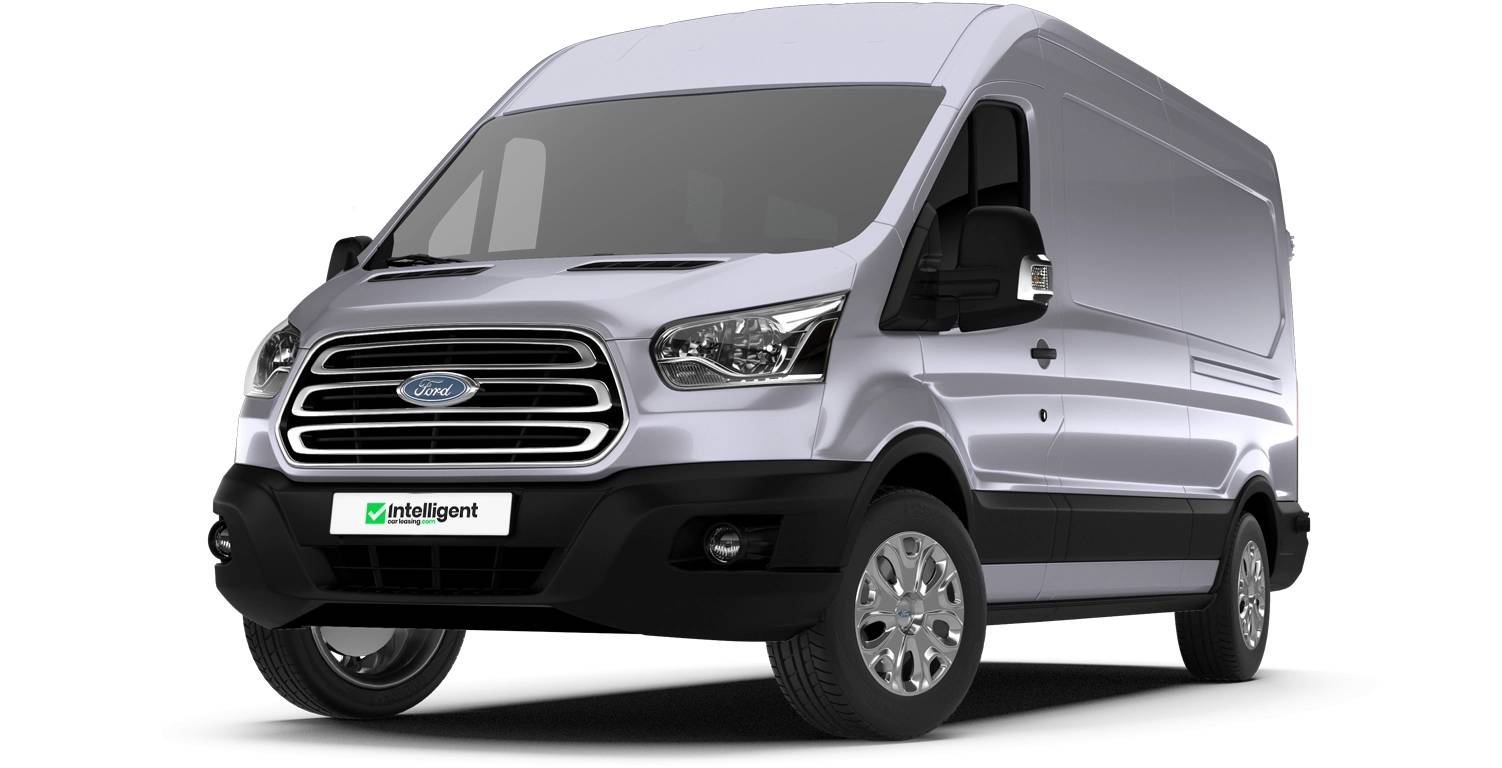
Ford Van Lease Deals

Hurry!
More hot Ford deals available
If you are interested in leasing a Ford you may like to check out our leasing deals on these makes!
View special offersWhat's Included?
When you lease a Ford van from Intelligent Van Leasing you get a whole host of benefits. All Ford vans come with a manufacturer’s warranty, free delivery to any address in the UK mainland and full telephone support throughout the duration of your contract.
Why Choose IVL?
Intelligent Van leasing goes above and beyond to provide a superior service to our customers. Throughout the contract you can pick up the phone and ask for advice on any aspect of your Ford van lease.
We also have fantastic relationships with our network of Ford dealerships throughout the country. This means we’re able to give you a first class service no matter where you’re located.
Brand New Cars
Your new vehicle is supplied direct through the manufacturer’s franchised dealer network.
Free Mainland UK Delivery
We'll deliver your new lease car anywhere in the UK mainland for free.
Road Tax Included
Your car lease includes road tax.
Manufacturer Warranty
Your new car includes full manufacturer’s warranty and breakdown recovery.







